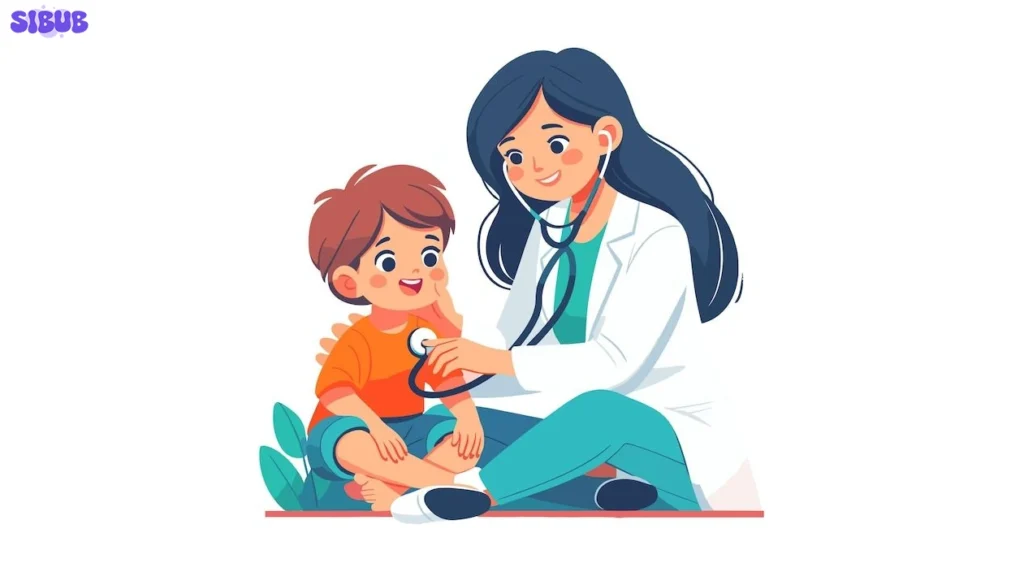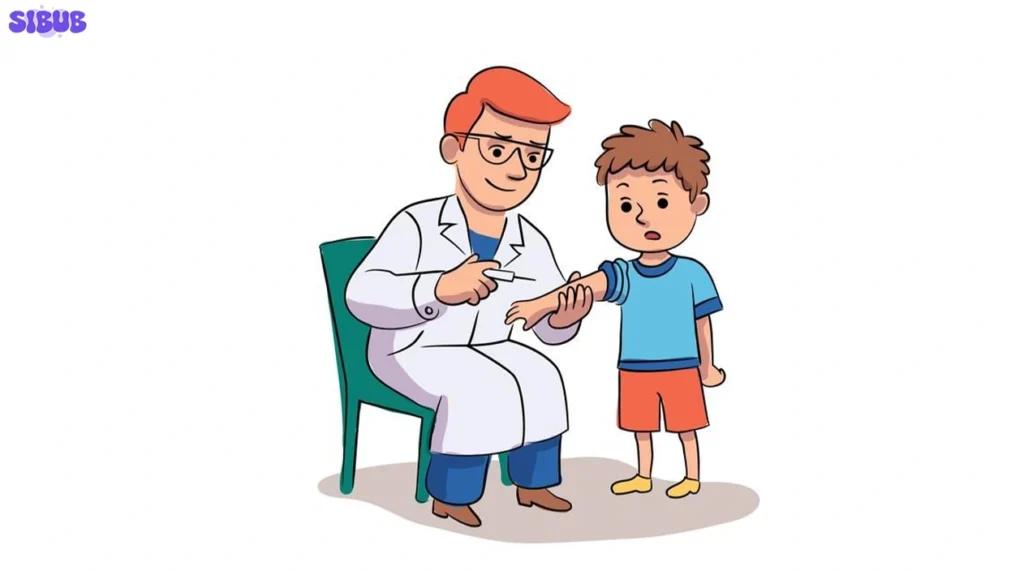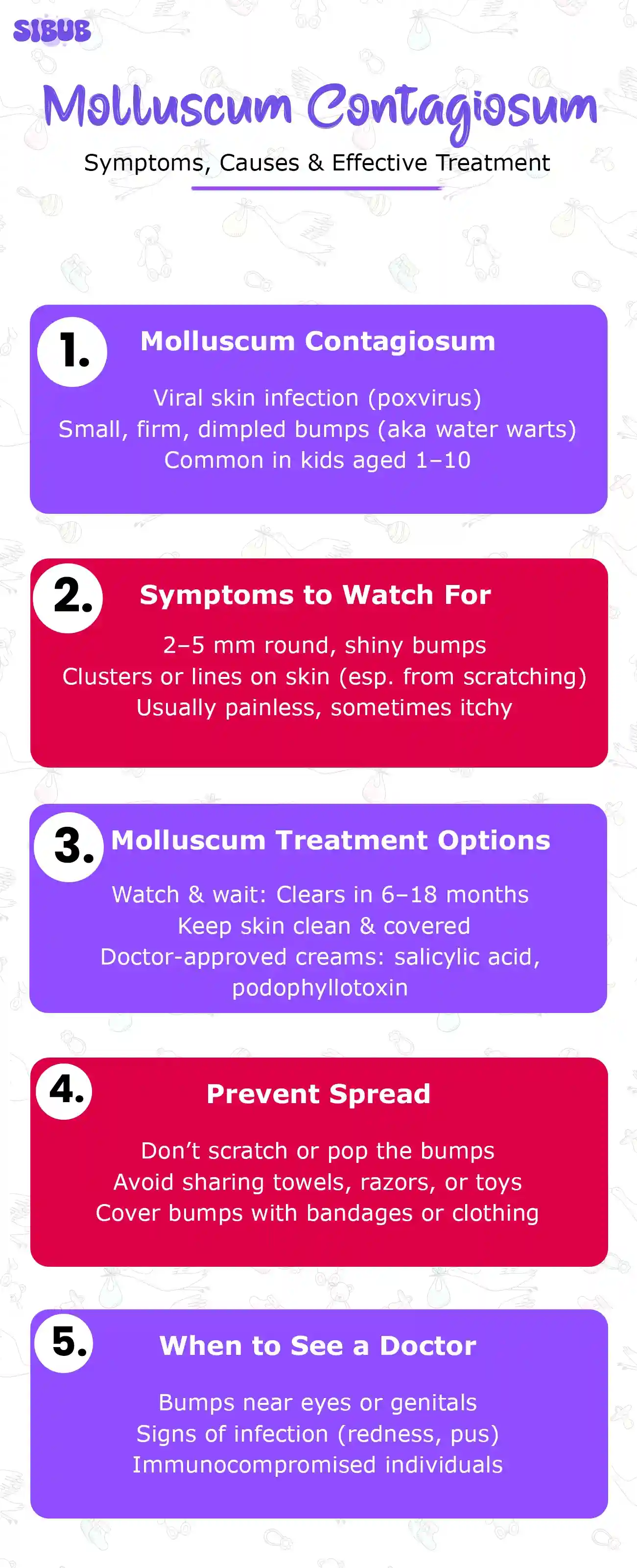If you’re looking for an effective molluscum treatment, you’re not alone. Molluscum contagiosum is a very common viral skin infection, especially among children. It causes small, raised bumps that can be itchy, uncomfortable, and sometimes embarrassing. While it usually goes away on its own, many people want to know how to get rid of molluscum contagiosum fast, especially when it starts spreading.
Let’s break down what it is, what it looks like, how it spreads, and most importantly, how to treat it.
What Is Molluscum Contagiosum?
Molluscum contagiosum is a skin infection caused by a poxvirus. It leads to small, painless bumps called papules. These bumps are typically skin-colored, pink, or white and have a tiny dimple in the center, which is why they’re often called “water warts” in kids.
Check this out: Using OTC Drugs Runny Nose Medicine to Treat Cold
The virus lives in the outer layer of the skin and spreads through skin-to-skin contact or touching contaminated items like towels, clothes, or pool equipment.

Who Gets It?
While anyone can get molluscum, it mostly affects kids aged 1 to 10. This is why it’s often referred to as childhood molluscum contagiosum. Kids in schools, daycares, and playgrounds are especially at risk because they often share toys and have more physical contact.
Adults can also get it, especially through sexual contact or in people with weakened immune systems. Those with eczema are more vulnerable, too.
Must read: Hypothalamus Function: Hormones, Homeostasis and More

Symptoms of Molluscum
Here’s what to look for:
- Small, round, firm bumps (2–5 mm in diameter)
- Skin-colored, pink, or white appearance
- A shiny, dimpled center
- Bumps appear in clusters or lines (especially after scratching)
- Itchy, red, or irritated skin around the bumps
In children, the bumps often show up on the arms, face, trunk, and behind the knees. In adults, they can appear around the genitals, thighs, and lower abdomen.
Tip: Want to see what it looks like? Just search for molluscum contagiosum pictures or molluscum contagiosum pictures in a child to get a better visual idea.
How Does Molluscum Spread?
The virus spreads easily. Here’s how:
- Direct skin-to-skin contact
- Touching contaminated objects like towels or toys
- Scratching or shaving over the bumps (this can spread it to other areas of the body)
- Sexual contact in adults
Molluscum spreads more in warm, humid places, and especially in crowded living conditions.

Click this: Emotions Wheel for Kids: Benefits and How to Use
Common Complications
Most of the time, molluscum is harmless. But scratching the bumps can cause:
- Bacterial infections
- Scarring
- Conjunctivitis (if bumps are near the eyes)
- Widespread rash (in people with weak immune systems)
That’s why healing molluscum contagiosum the right way is important, especially when dealing with kids or people with immune issues.
Molluscum Contagiosum Pictures: What to Look For
You may see:
- Red or pink domes with a white center
- Clusters around the armpits, groin, behind the knees, or even eyelids
- Single or grouped lesions
- Rows of bumps caused by scratching
Searching for mucosum contagiosum pictures or “molluscum contagiosum pictures child” can help confirm what you’re seeing.
Molluscum Treatment: How to Treat This Disease
The good news? Most cases don’t need treatment. The bumps usually go away in 6 to 18 months without doing anything. But many parents and adults still ask: how to treat molluscum contagiosum or how to get rid of molluscum quickly.
See this blog: Top Benefits of Summer Camp for Kids
Here are your options:
Do Nothing (Watch & Wait)
- Great for healthy kids and adults
- Most bumps disappear within a year
- No scars in most cases
Cover the Bumps
- Use clothing or bandages to stop the spread
- Waterproof bandages are great for swimming
Soothe the Skin
- Use unperfumed moisturizers
- Try cool compresses for itchy or dry skin
- Avoid scratching to prevent infection
See a Doctor If:
- Bumps are near the eyes or genitals
- The bumps are very red, sore, or crusty
- You’re unsure whether it’s molluscum
- The person has a weakened immune system
Medical & Home Treatments
If you’re looking for a molluscum treatment, some options might help speed up recovery:
Over-the-Counter or Prescription Options:
- Podophyllotoxin cream
- Salicylic acid wart paints
- Cantharidin (causes the bump to blister and fall off)
- Hydrogen peroxide cream
- Topical corticosteroids (if there’s eczema or rash)
- Cryotherapy or laser (used rarely, may scar)
Important: Avoid using random creams sold online claiming to be a cure. They may cause burns or scarring.
How to Get Rid of Molluscum Contagiosum Fast
While there’s no guaranteed way to make it vanish overnight, here’s how to get rid of molluscum contagiosum fast, or at least faster:
- Keep the skin clean and dry
- Cover the bumps to prevent spreading
- Don’t scratch or squeeze them
- Use doctor-approved treatments like cantharidin or salicylic acid (with supervision)
- Boost immune health with a proper diet and sleep
Is It Contagious?
Yes, but mildly. You don’t need to keep kids home from school or daycare unless the bumps are oozing or infected. Water warts in kids can be managed with bandages while they go about their normal activities.
Swimming? It’s fine, as long as the bumps are covered with a waterproof bandage.
How to Prevent Molluscum
- Wash hands often
- Don’t share towels, razors, or clothes
- Use condoms during sex (if an adult is infected)
- Avoid shaving over bumps
- Cover bumps with clothes or bandages
- Avoid touching the bumps
Final Thoughts
Molluscum contagiosum is annoying, but not dangerous for most people. It often clears on its own, but if it’s spreading, itchy, or on sensitive areas, talk to a doctor about the best molluscum treatment for you or your child.
Most importantly, don’t panic. It’s extremely common, and healing molluscum contagiosum is just a matter of time and proper care.
If you’re looking for how to get rid of molluscum contagiosum, start with hygiene, cover the spots, avoid scratching, and reach out to a healthcare provider if needed.
